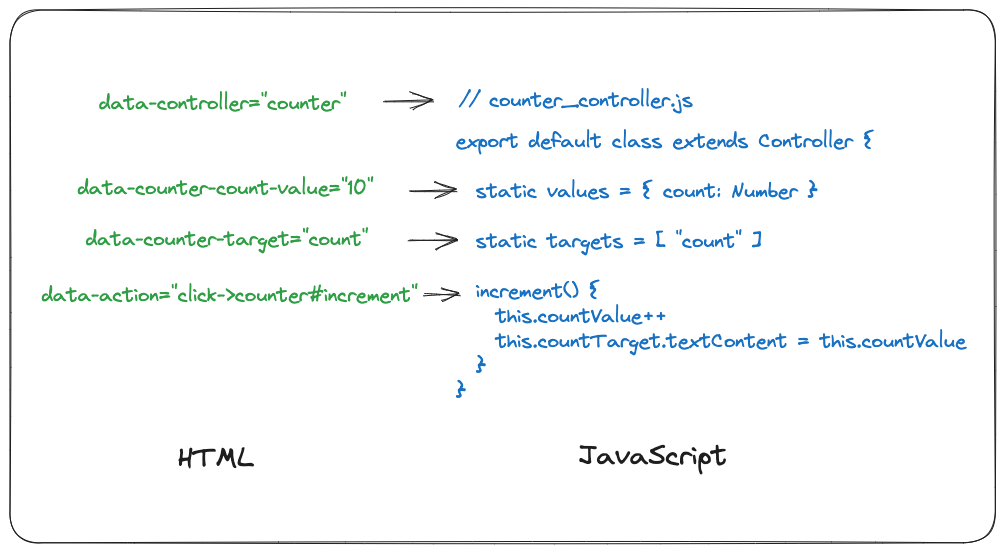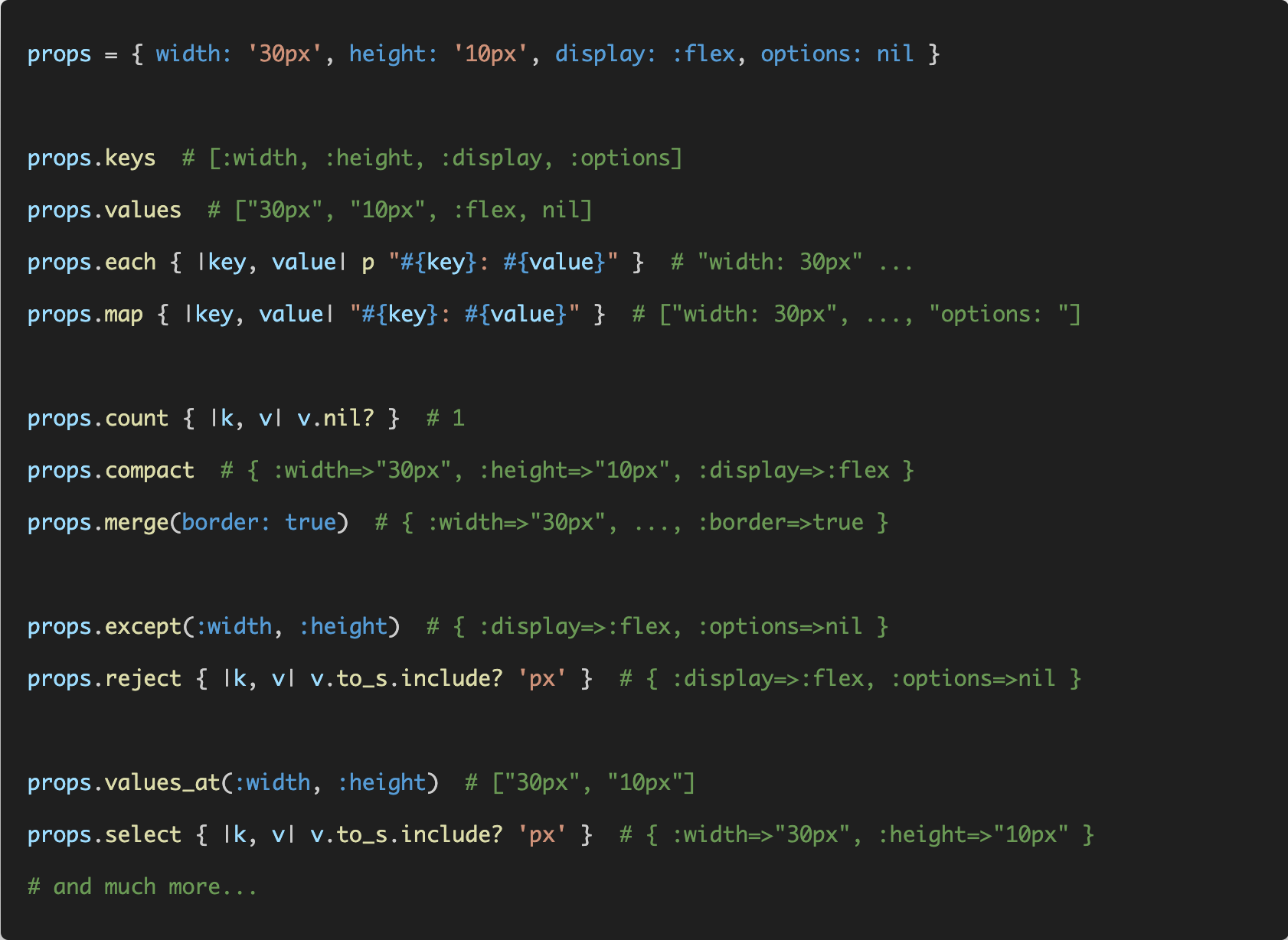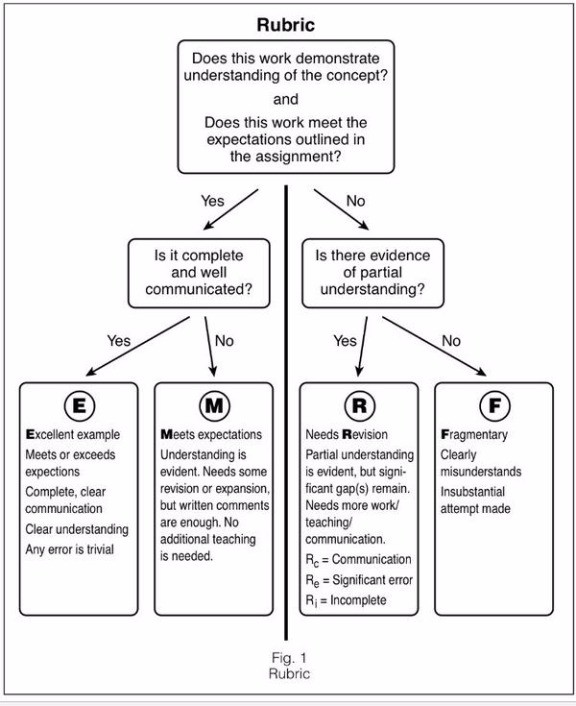Costs exposed: Monorepo vs. multirepo – Julio Merino (jmmv.dev)
Costs exposed: Monorepo vs. multirepo - Julio Merino (jmmv.dev) –In software
engineering organizations, there are certain practices that keep costs under
control even if those seem more expensive at first. Unfortunately, because
such practices feel more expensive, teams choose to keep their status quo even
when they know it is suboptimal. This choice ends up hurting productivity and
morale because planned work is continuously interrupted, which in turn drags
project completion.
The reason I say seem and not are is because the alternatives to these cost-
exposing practices also suffer from costs. The difference is that, while the
former surface costs, leading to the need to allocate time and people to
infrastructure work, the latter keeps the costs smeared over teams and
individuals in ways that are difficult to account and plan for.
To illustrate what I'm trying to say, I'll present three different scenarios
in which this opinion applies. All of these case studies come from past
personal experiences while working in different teams and projects. The first
one covered in this post is about the adoption of a monorepo vs. the use of
multiple different repositories. The other two will come in follow-up
articles.
Practical Stimulus: Building a Counter Component

Link: Practical Stimulus: Building a Counter Component: "In this article, we will build a counter component using the Stimulus JavaScript library. This simple example will demonstrate a bunch of useful features of Stimulus such as managing state, handling events, and targeting DOM elements."
A really excellent and simple explanation of Stimulus, a lightweight package for implementing responsive web pages.
Ruby's Hash is a Swiss-Army Knife

Link: Ruby's Hash is a Swiss-Army Knife: "A Hash is a built-in data structure in Ruby that maps values to keys and has a constant-time O(1) lookup. This article shows the capabilities of this simple, but equally powerful tool. We’ll start with the basics but also cover some obscure but equally useful features of hash."
A nice review of all the things Ruby hashes can do and be used for.
Ruby’s Hash is a Swiss-Army Knife
Ruby's Hash is a Swiss-Army Knife –A Hash is a built-in data structure in Ruby that maps values to keys and has a constant-time O(1) lookup. This article shows the capabilities of this simple, but equally powerful tool. We’ll start with the basics but also cover some obscure but equally useful features of hash.
Wonder Tools at ONA ⚡️

Link: Wonder Tools at ONA ⚡️: "Tools I'm sharing at the Online News Association Conference"
Interesting rundown of meeting transcription tools and services
Specifications Grading: A Method for Improving Student Performance

Link: Specifications Grading: A Method for Improving Student Performance: "Last revised: 10/07/2021 by JP Overview Are you looking to increase student motivation and the quality of their academic work? If yes, consider specifications grading. According to Linda B. Nilson, Ph.D. the traditional higher education grading method is broken and specifications grading offers a solution with benefits for both students and faculty. Nilson published her…"
An excellent book. Well written. Detailed. And it was the original book on Specs Grading (I think).
Specifications grading with the EMRF rubric

Link: Specifications grading with the EMRF rubric: "A useful rubric for implementing specifications and other forms of mastery grading."
An interesting set of definitions for specs grading. I didn't happen to use it but it is interesting.
Service Objects | Jared Norman

Link: Service Objects | Jared Norman: "Service Objects are a popular software design pattern in the Ruby on Rails community. They are used to extract procedural logic away from models and controllers and into their own objects."
Good article on an arcane topic that the ruby community loves to debate and discuss.
A non-mathematical introduction to Kalman Filters for programmers - Pravesh Koirala

Link: A non-mathematical introduction to Kalman Filters for programmers - Pravesh Koirala: "Read my manifesto on Code as an alternative to Mathematics. Code for this article can be found on this Colab Notebook should you choose to follow along. Why Kalman Filters? Kalman filters are ingenius. If you have never heard of them, then a very intuitive (and arguably reductive) way to think about them is to"
